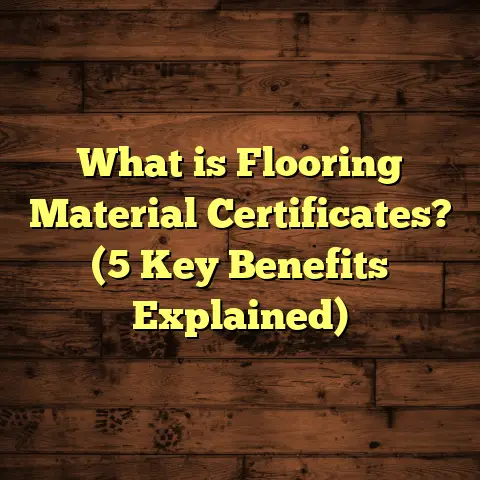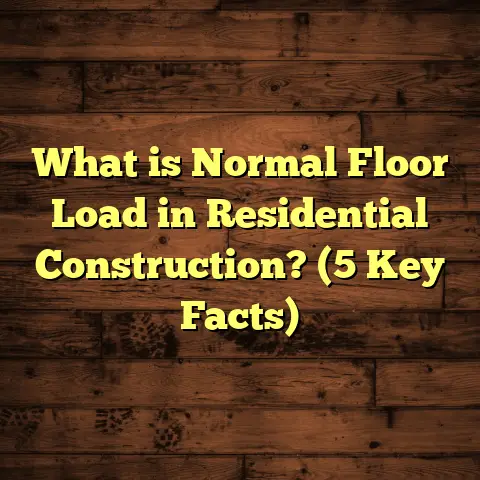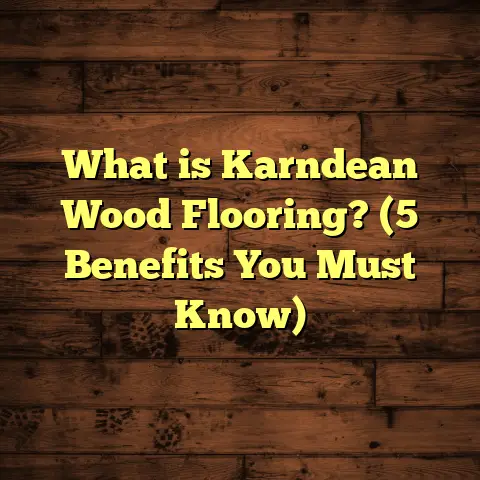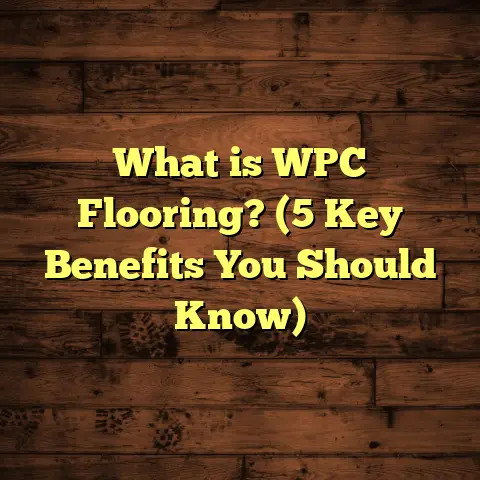What is Sealed Hardwood Floor? (5 Key Benefits Explained!)
Highlighting Eco-Tech in Flooring Choices
When I first started exploring flooring options for my home and clients, I was struck by the amazing innovations that have transformed traditional hardwood floors into something much more durable and environmentally friendly. The concept of eco-tech—a blend of ecology and technology—has deeply influenced how materials like sealed hardwood flooring are produced and installed today. It’s exciting to see how modern finishes not only protect the wood but also reduce harmful emissions and make maintenance easier.
I remember standing in a showroom years ago, staring at rows of beautiful wood floors. The salesperson mentioned sealed hardwood floors as an “eco-friendly” option, and I was curious—how could sealing a wood floor be green? Since then, I’ve come to understand that eco-tech in flooring isn’t just about what’s underfoot; it’s about the entire lifecycle of the product—from sustainable forestry to low-VOC finishes and long-lasting durability, all designed to minimize environmental impact.
This approach makes me proud to recommend sealed hardwood floors to homeowners who want natural beauty without compromising health or sustainability.
What Is Sealed Hardwood Floor?
Let’s get right into it: what exactly is a sealed hardwood floor? At its core, it’s hardwood flooring that has been coated with a protective finish or sealant after milling and installation—or sometimes during manufacturing—to create a barrier that guards against moisture, stains, wear, and scratches.
Breaking Down the Term
- Hardwood: This refers to flooring made from deciduous trees like oak, maple, cherry, or hickory. Hardwood is prized for its strength and natural grain patterns.
- Sealed: This means the wood surface has been covered with a finishing layer that protects it from external damage.
Why Seal Hardwood?
Wood is a natural material that reacts to its environment. Without protection, hardwood can absorb moisture,





